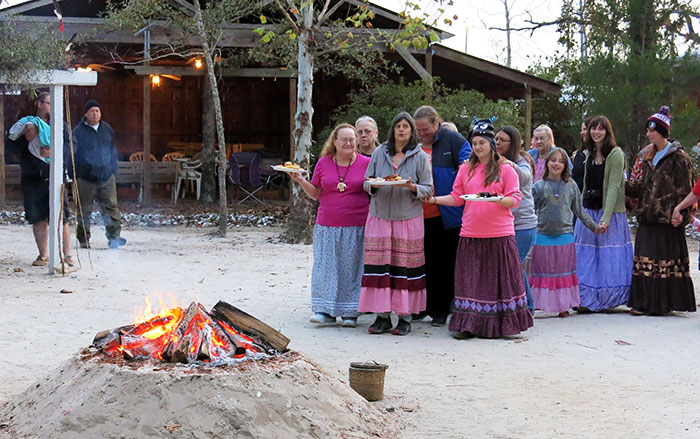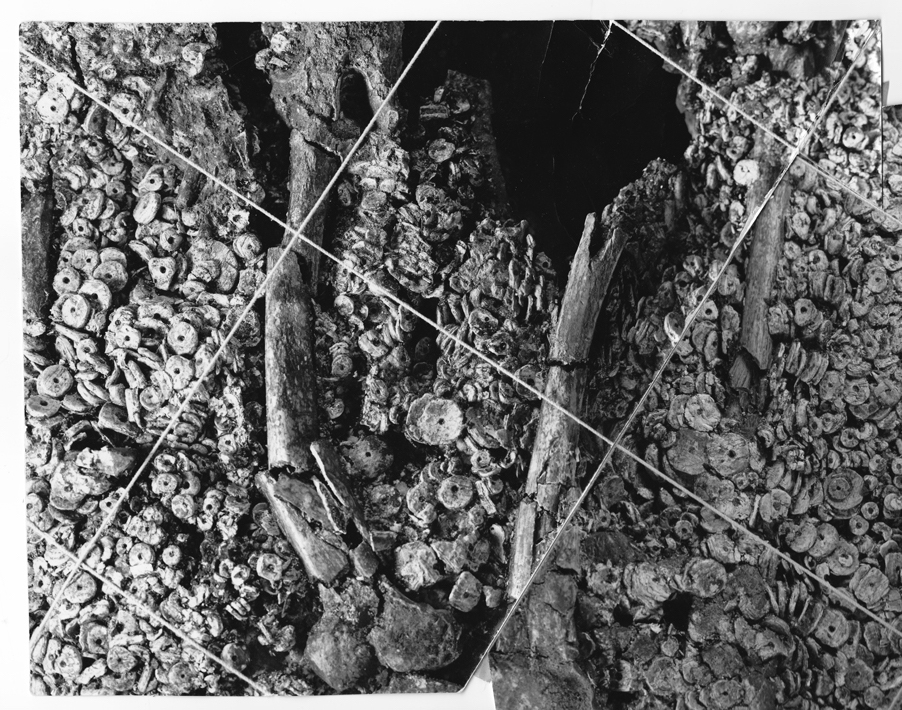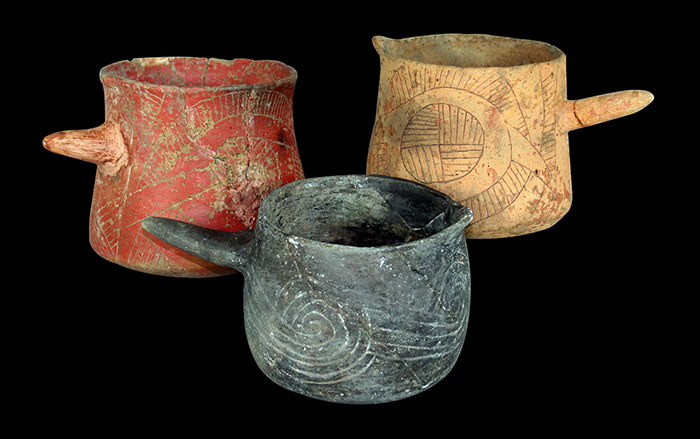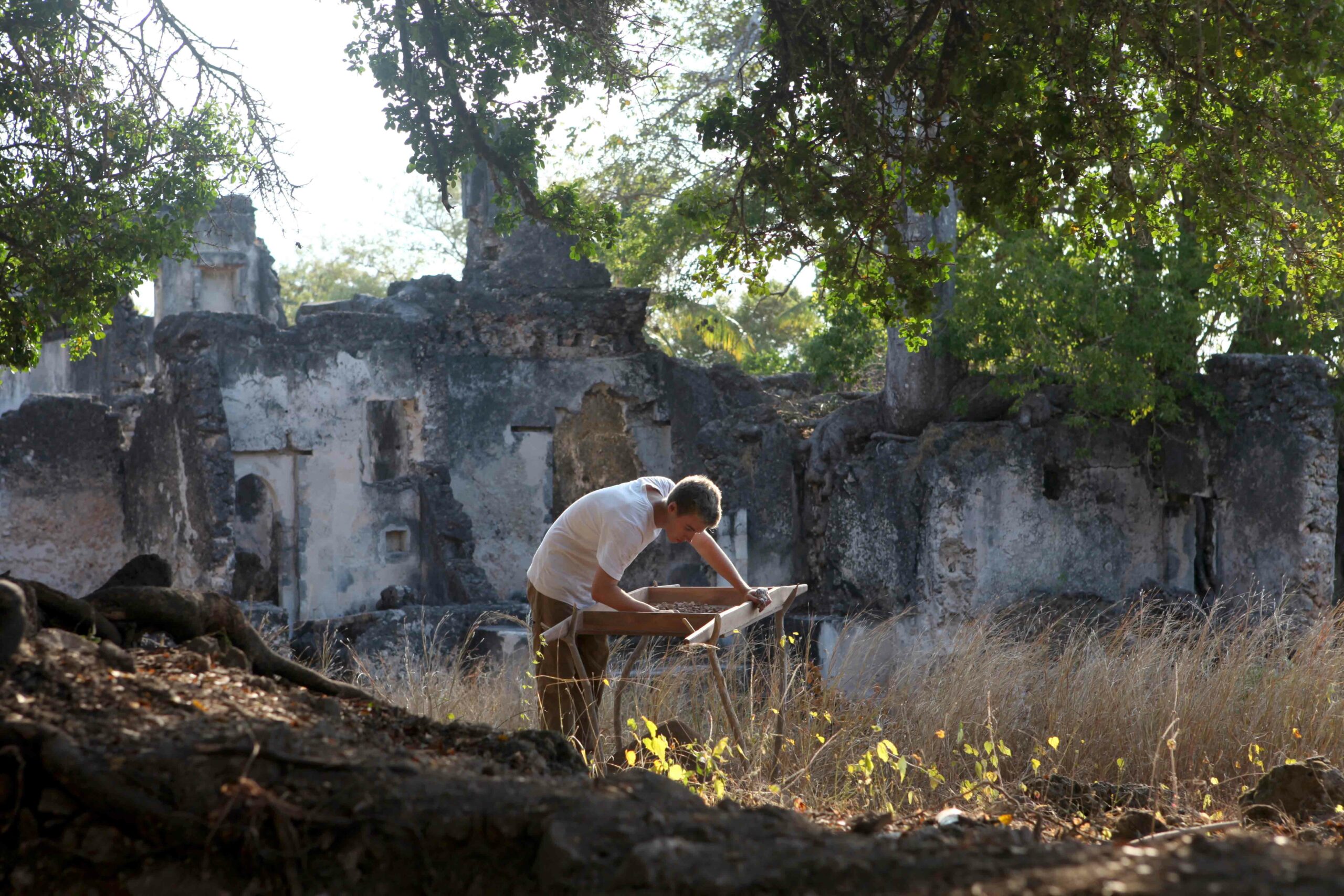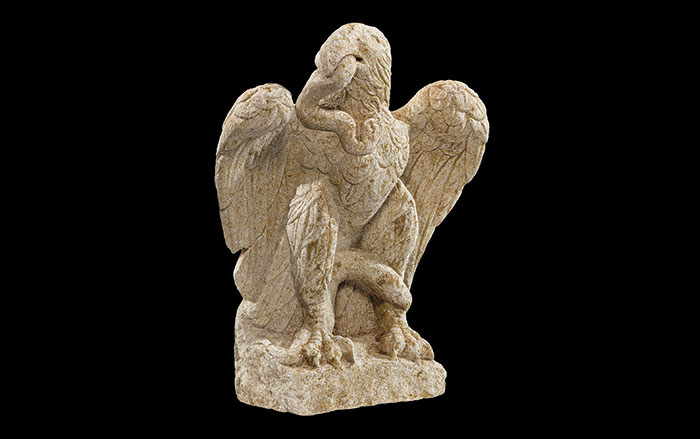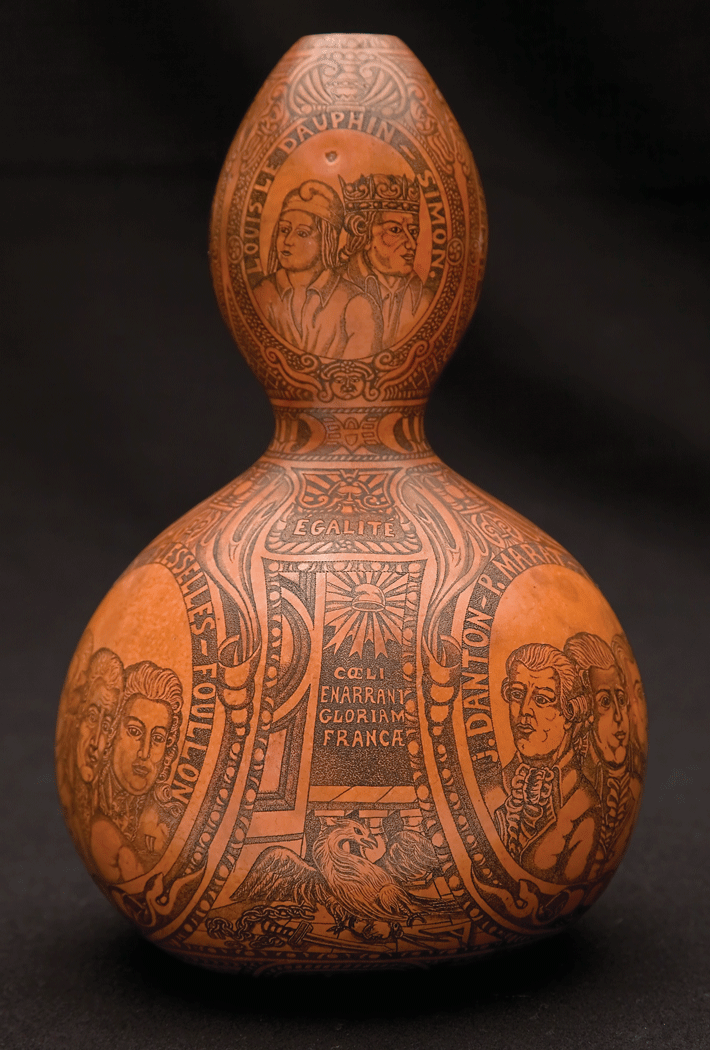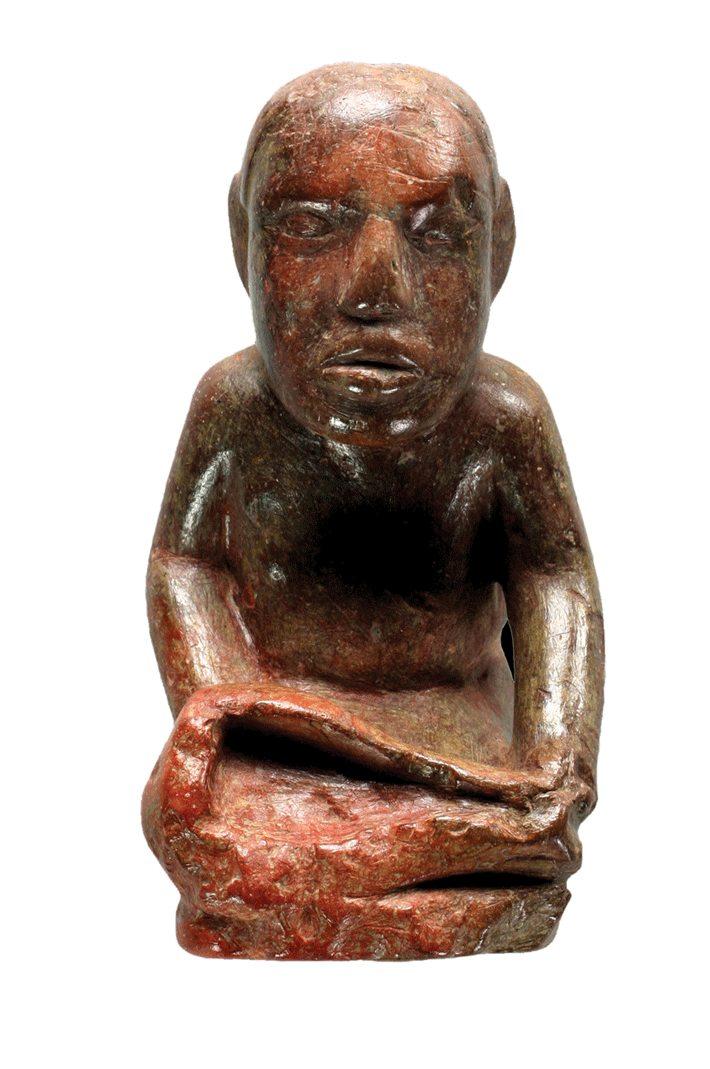
One day around A.D. 1200, a spectacular fire raged at a walled village five miles from the ancient town of Cahokia. Before long, some 100 wooden buildings were burned to the ground. Known today as the East St. Louis site, it was probably ritually important to the Mississippian farming people who lived in and around Cahokia. “My sense is this wasn’t an ordinary community,” says University of Illinois archaeologist Timothy Pauketat. “They were not just average farmers, but special people with special buildings.” Pauketat says it is likely the fire was not an accident or an act of warfare, but a ritual commemoration, perhaps deliberately lit after the death of an important leader and intended to mark the end of the era. “It looks staged. Inside the burned buildings there were found token numbers of artifacts, the same baskets of corn and ritual items that you might find in a temple,” says Pauketat. After the fire, nothing was rebuilt at the site, and large formal architecture that carried important ritual meaning disappeared from the Cahokia area.


